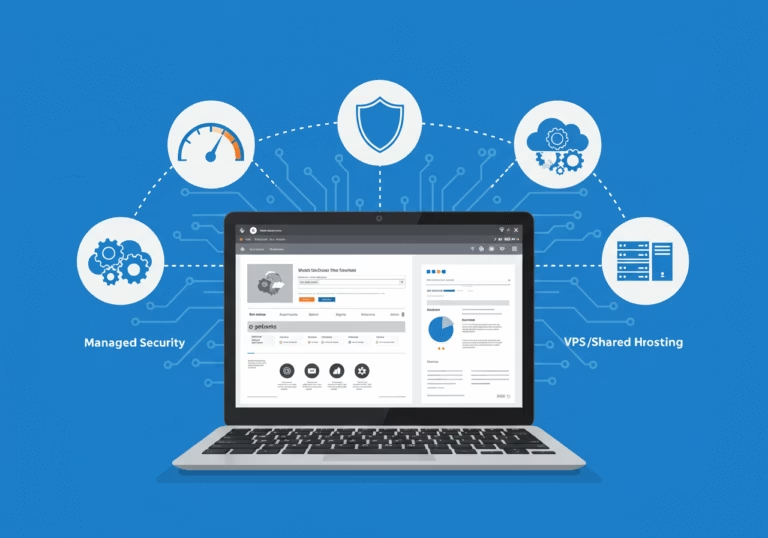
In the fast-paced digital world, small businesses often feel pressured to compete with industry giants. But here’s the secret: traffic doesn’t demand a massive budget—it demands smart strategy. At Mukwood Digital Web Design Studio, we believe that starting small and working intentionally can unlock exponential growth. Whether you’re launching a new site or revamping an existing one, these actionable tips will help you build a foundation that drives traffic, fosters loyalty, and scales with your goals.
Table of Contents
1. Start Small: Focus on Essentials
A. Prioritize Core Pages First
Don’t overwhelm yourself with a 50-page website. Begin with the essentials:
- Homepage: Your digital storefront—clear, concise, and conversion-focused.
- Services/Products: Highlight your unique value proposition (UVP).
- About Us: Build trust with your story and credentials.
- Contact Page: Make it easy for visitors to reach you.
Pro Tip: Use a mobile-first design—over 60% of web traffic comes from mobile devices.
B. Leverage Templates
Custom designs are ideal, but startups can use premium templates as a cost-effective launchpad. At Mukwood, we optimize templates for speed, branding, and SEO to ensure they don’t look “cookie-cutter.”
C. Publish Pillar Content
Create 1–2 cornerstone blog posts or guides that address your audience’s biggest pain points. These pieces attract long-term traffic and establish authority.
2. Work Smart: Optimize for Traffic from Day One
A. SEO-Driven Design
- Speed Matters: 53% of users abandon sites that take longer than 3 seconds to load. Optimize images, use caching, and choose reliable hosting.
- Keyword Integration: Embed niche keywords naturally into headers, URLs, and meta tags (e.g., “affordable web design for startups”).
- Internal Linking: Connect new posts to older, high-performing content to keep visitors engaged.
B. Embed Shareability
- Add social sharing buttons to blogs and product pages.
- Include click-to-tweet quotes or stats (e.g., “Did you know? 94% of first impressions relate to web design.”).
C. Build a Lead Magnet
Offer a freebie in exchange for emails. Use your website’s pop-up or sidebar to capture leads.
3. Promote Strategically: Low Effort, High Impact
A. Repurpose Content
Turn a blog post into:
- A LinkedIn carousel.
- A short video for Instagram Reels.
- A Twitter/X thread.
B. Engage Micro-Influencers
Partner with niche bloggers or local influencers for shoutouts or guest posts. Example: “Collaborating with [Influencer] to share web design tips for solopreneurs.”
C. Join Communities
Participate in forums like Reddit’s r/web_design or Facebook Groups. Share insights (not just links!) to build credibility.
4. Analyze, Adapt, and Scale
A. Track What Works
Use Google Analytics to monitor:
- Top-traffic pages (double down on those topics).
- Bounce rates (improve slow-performing pages).
- Traffic sources (focus on channels driving results).
B. Iterate Incrementally
- Refresh old posts with new keywords or data.
- A/B test headlines, CTAs, and layouts.
C. Scale with Confidence
Once your foundation is solid, expand:
- Add an e-commerce section.
- Launch a podcast or video series.
- Invest in paid ads to amplify top content.
Why This Approach Works
By starting small, you reduce risk and resource strain. By working smart, you ensure every element of your site—from design to content—is engineered for traffic growth. At Mukwood, we’ve seen startups using this framework achieve 200%+ traffic boosts within 6–12 months.
Ready to build a website that grows with your business? Book a free 30-minute consultation with Mukwood’s experts. We’ll audit your site, identify quick wins, and craft a roadmap tailored to your goals.

Download Our Free Checklist: “10 Must-Have Features for High-Traffic Websites”







